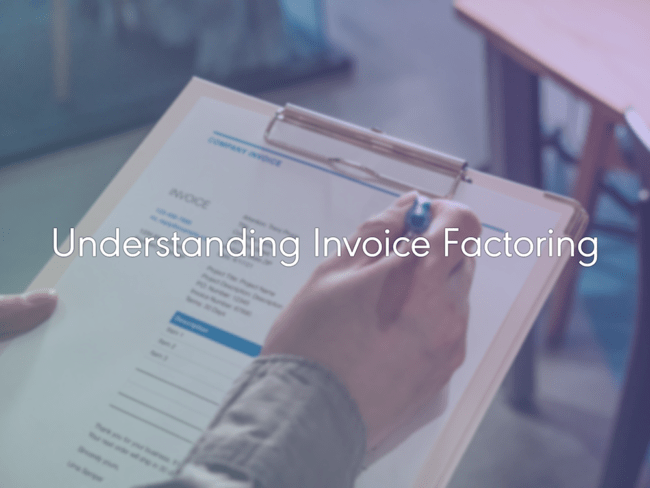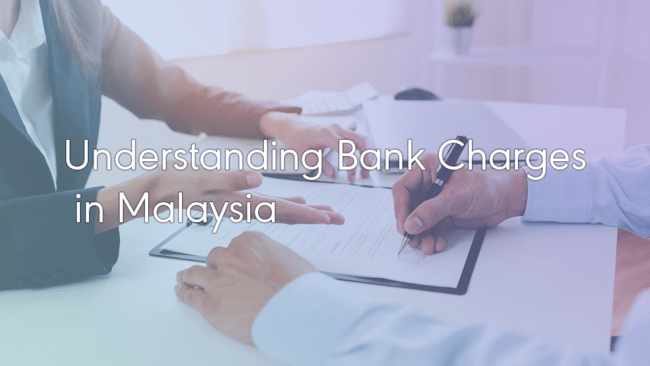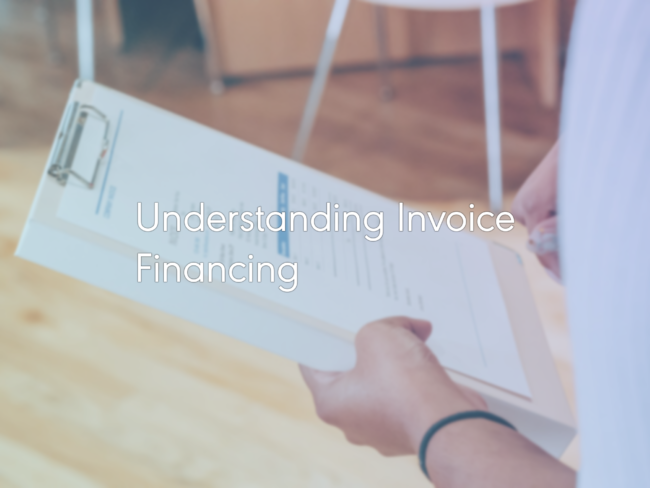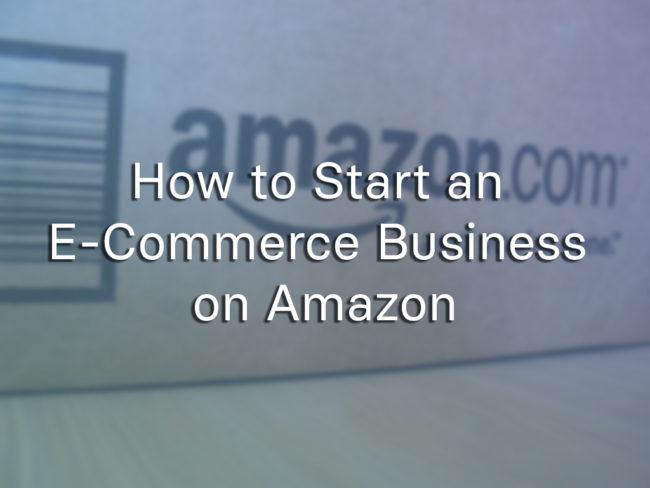Starting an e-commerce store can be a rewarding and lucrative venture, but it requires careful planning, strategy, and execution. In this article, we'll provide a step-by-step guide on how to set up a successful e-commerce store, covering the key considerations and best practices.
Step 1: Define your business model and target market
The first step in setting up an e-commerce store is to define your business model and target market. Your business model is the way you generate revenue and profit from your products and services, and it can be based on various factors such as pricing, margins, volume, and value proposition.
Your target market is the group of customers you want to sell to, based on factors such as demographics, interests, needs, and preferences. Identifying your target market is crucial, as it will help you tailor your products, marketing, and customer service to their specific needs and expectations.
Step 2: Choose a niche and product offerings
Once you have defined your business model and target market, the next step is to choose a niche and product offerings. A niche is a specific segment of the market that you want to focus on, based on factors such as demand, competition, and differentiation. Choosing a niche will help you stand out and differentiate your business from competitors.
Your product offerings are the products or services you want to sell to your customers, based on factors such as demand, value, and profit potential. It's important to carefully research and validate your product ideas before launching them, to ensure they are viable and meet the needs and expectations of your target market.
Step 3: Select an e-commerce platform
Once you have defined your business model, target market, and product offerings, the next step is to select an e-commerce platform. An e-commerce platform is a software or service that allows you to create, manage, and sell products online. There are many e-commerce platforms available, and each one has its own unique features, benefits, and drawbacks.
Some popular e-commerce platforms for small businesses include Shopify, WooCommerce, Magento, and BigCommerce. It's important to carefully evaluate your needs and goals before selecting an e-commerce platform, and consider factors such as pricing, scalability, integrations, and customer support.
Step 4: Design and build your e-commerce store
After selecting an e-commerce platform, the next step is to design and build your e-commerce store. This involves creating a visually appealing and user-friendly website that showcases your products and brand, and guides customers through the purchasing process.
Some key considerations for designing and building your e-commerce store include:
- User experience (UX): Make sure your website is easy to navigate, fast loading, and mobile-friendly, to provide a seamless and enjoyable experience for customers.
- Branding: Use consistent branding elements such as colors, fonts, and imagery to establish and reinforce your brand identity.
- Product pages: Create detailed and engaging product pages that showcase your products and their features, benefits, and specifications.
- Shopping cart: Implement a shopping cart feature that allows customers to add, remove, and view their selected products, and proceed to checkout.
- Checkout process: Streamline and simplify the checkout process by reducing the number of steps and fields, and offering various payment and shipping options.
Step 5: Set up payment and shipping options
After designing and building your e-commerce store, the next step is to set up payment and shipping options. Payment options are the ways customers can pay for their purchases, such as credit cards, debit cards, e-wallets, and bank transfers. Shipping options are the ways you deliver products to customers, such as standard shipping, express shipping, and international shipping.
It's important to offer a range of payment and shipping options to meet the needs and preferences of your target market. You should also consider factors such as fees, security, reliability, and convenience when selecting payment and shipping options.
Step 6: Promote and market your e-commerce store
Once you have set up your e-commerce store, the next step is to promote and market it to attract and retain customers. There are many ways to promote and market your e-commerce store, such as:
- Search engine optimization (SEO): Optimize your website and content for relevant keywords and phrases, to improve your ranking and visibility in search engine results.
- Social media marketing: Use social media platforms such as Facebook, Instagram, and Twitter to promote your products and engage with customers.
- Email marketing: Use email marketing to send newsletters, updates, and promotional offers to your subscribers.
- Influencer marketing: Partner with influencers or bloggers in your niche to promote your products and reach a larger audience.
- Advertising: Use paid advertising platforms such as Google AdWords, Facebook Ads, and Instagram Ads to reach a targeted and relevant audience.
It's important to test and measure the effectiveness of your marketing efforts, and use tools such as Google Analytics and customer feedback to identify opportunities for improvement.
Step 7: Provide excellent customer service
Finally, it's important to provide excellent customer service to retain and grow your customer base. Customer service is the support and assistance you provide to customers before, during, and after a purchase, and it can include things such as answering questions, solving problems, and handling complaints.
Some key considerations for providing excellent customer service include:
- Availability: Make sure you are available to respond to customer inquiries and requests in a timely and efficient manner.
- Professionalism: Use polite and professional language, and be respectful and helpful in all interactions with customers.
- Empathy: Show understanding and empathy towards customer needs and concerns, and try to resolve them in a satisfactory manner.
- Follow-up: Follow up with customers after a purchase to ensure their satisfaction and gather feedback.
By providing excellent customer service, you can create a positive and memorable experience for customers, and build loyalty and trust in your brand.
Conclusion
In conclusion, setting up a successful e-commerce store requires careful planning, strategy, and execution. By following the steps outlined in this guide, you can create a strong foundation for your e-commerce business, and increase your chances of success.
Some key takeaways from this guide include:
- Define your business model and target market
- Choose a niche and product offerings
- Select an e-commerce platform
- Design and build your e-commerce store
- Set up payment and shipping options
- Promote and market your e-commerce store
- Provide excellent customer service
Remember, building and running an e-commerce store is a continuous process, and you will need to adapt and evolve as your business grows and changes. By staying focused, determined, and open to learning and improvement, you can create a successful and sustainable e-commerce store.











